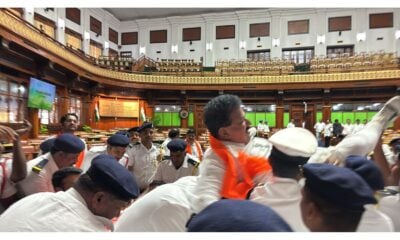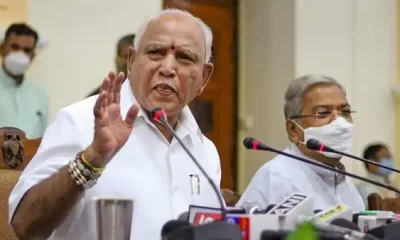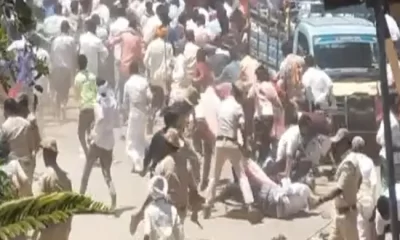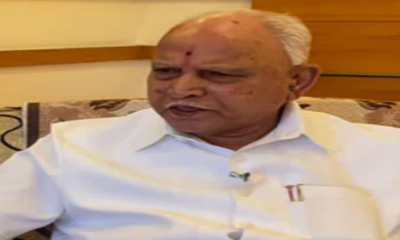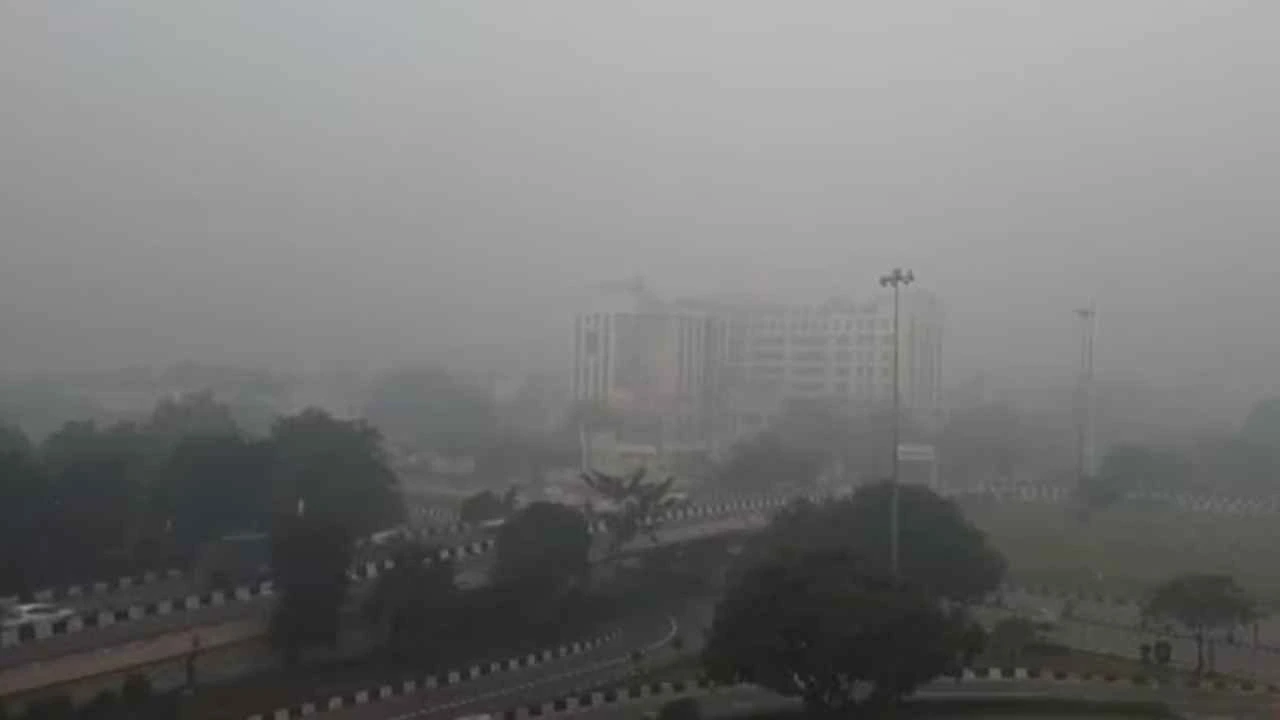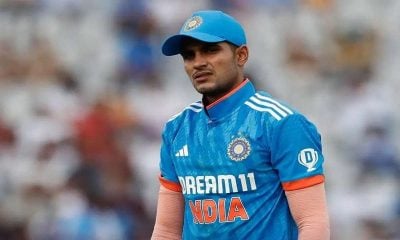The make or break bypolls for the BJP government in Karnataka are currently underway in 15 assembly seats. Chief Minister BS Yediyurappa, who is ruling the state with a wafer-thin majority, needs to win at least six of these 15 to save his government and more than six to stabilise the rocking boat.
Polling began at 7 this morning and will continue till 6 pm. Votes will be counted on December 9. About 37 lakh people are eligible to vote. The bypolls are being held to elect MLAs for the constituencies which fell vacant following the rebellion by 17 MLAs from the Congress and its erstwhile partner Janata Dal Secular (JDS).
The Congress and the JDS had stitched an alliance after the 2018 Assembly polls threw up a fractured mandate. In the 225-member house, the BJP was the single largest party with 105 seats, followed by 78 (Plus, one of Speaker) for Congress and 37 for JDS. The JDS chief, HD Kumaraswamy, took oath as the chief minister.
However, the coalition government collapsed in July, within 14 months, after the rebel MLAs quit the coalition alleging lack of development in the state and paving the way for the BJP government led by BS Yediyurappa. The Congress-JDS accused the BJP of directing the mutiny. The rebels were threatened, bought and promised ministerial berths, the Congress-JDS combine alleged.
Yediyurappa was on July 26 sworn in as the chief minister of Karnataka for the fourth time. Interestingly, he has never completed a full term. His longest tenure as CM was between May 2008 and August 2011 before being forced to resign over corruption charges.
The senior BJP man is hoping these rebels will help him break the jinx.
The bypolls are being held in Athani, Kagwad, Gokak, Yellapura, KR Pura, Yashwanthapura, Hirekerur, Ranebennur, Vijayanagara, Chikkaballapura, Hoskote, Mahalakshmi Layout, Shivajinagar, KR Pete and Hunsu. Twelve of these were held by the Congress and three by JDS. Two other constituencies — Maski and RR Nagar — are still vacant as bypolls here have been withheld due to separate cases with regard to them pending in the high court.
The BJP has fielded 13 of the 16 disqualified legislators — who joined the party last month after the Supreme Court upheld their disqualification by the then Speaker KR Ramesh but allowed them to contest the bypolls — from their respective constituencies.
The Congress and JDS, which had contested the Lok Sabha as allies, are contesting the bypolls independently. But sources don’t rule out a realignment, in case the ruling BJP fails to garner required number of seats to be in majority. If they decide to have a reunion, the combine would need to win at least 12 seats to form the government.
The Shiv Sena-Nationalist Congress Party (NCP)-Congress government in Maharashtra, which has given confidence to non-BJP parties in other states to explore new combinations and possibilities, has also encouraged both Congress and JD(S) leaders in Karnataka who have dropped enough hints for a post-poll alliance.
Congress leader Mallikarjun Kharge, who is Congress General Secretary in charge of Maharashtra, told reporters, “Look at Maharashtra, where Shiv Sena, NCP and Congress have formed a government together. To tell you the truth, our President (Sonia Gandhi) was not in favour of it and wanted us to be in opposition, but the people, parties with progressive thinking told us to look at keeping BJP away from power.”
Former Deputy Chief Minister G Parameshwara too said there was a possibility for Congress and JD(S) coming together if the situation arises.
He said, “When the results are out, if the Congress wins more seats and BJP gets less, the government will collapse, then we will have two options – either stay away or join hands with JD(S) to form a coalition government again.”
Kumaraswamy, too, said there would be a stable government in the state after the bypolls, but not necessarily that of BJP.
However, his father and JD(S) patriarch HD Deve Gowda is exercising caution. The veteran said he would rather work towards strengthening his party and keeping both the BJP and Congress at a distance.
“I have had experience (of running a government) with both the BJP and Congress. Keeping both at a distance, saying ‘namasakara’ to both of them, I will work beyond my limits to strengthen my party,” he said.


